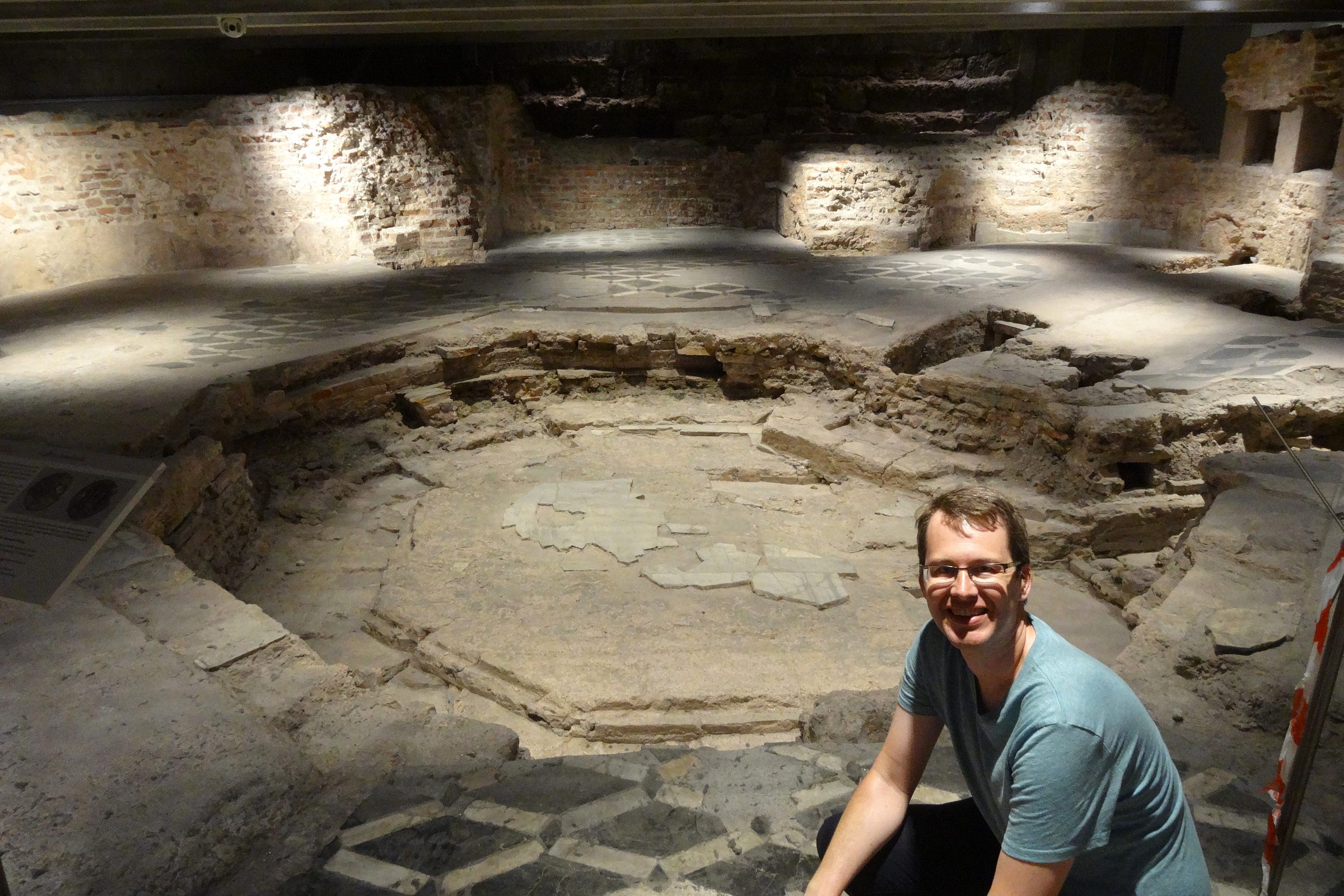
In April 387, the bishop of Milan prepared for Easter services. Bishop Ambrose is still recognized as one of the leading theologians of the 4th century, often called one of the four “Great Latin Church Fathers.” However, as he baptized new converts that year during the Easter vigil, a young man among the group would also become another one of the four greats and even surpass Ambrose in reputation. Augustine.
A rhetoric teacher, the 33-year-old Augustine had moved to Milan three years earlier. Impressed by Ambrose’s oratorical skill, Augustine started listening more, eventually finding an interest in Scripture and undergoing a religious conversion. But to be baptized by the demanding Ambrose, Augustine had to attend two sessions each weekday during Lent. Joining the faith meant growing as a disciple in the teachings of those who went before.
Augustine soon became the most significant Christian figure in his era, writing such works as The City of God, On Christian Doctrine, and Confessions. He’s considered a saint by the Catholic, Orthodox, Lutheran, and Anglican traditions, and is studied in many denominational circles today.
In light of all of that, I was excited several years ago to get to visit the place where Ambrose baptized Augustine. To imagine two significant early Christian theologians together at the baptismal waters in that spot is pretty amazing. Adding to the ambience, that spot lies beneath the Duomo di Milano (Milan Cathedral). In the artificial lighting of the crypt away from the noise of the crowd up above, the place seemed even more special and mystic.

Brian Kaylor next to the ruins of the baptistry where Ambrose baptized Augustine in Milan, Italy. (Jennifer Kaylor/Word&Way)
The baptistry wasn’t always underground. That’s where the church was when Ambrose baptized Augustine. Much as geological layers show changes in the Earth over time, ancient cities like Milan contain layers of buildings upon buildings. The modern structures are built on the ruins of past civilizations. Going down the stairs to the crypt is to walk back in time.

The rest of this piece is only available to paid subscribers of the Word&Way newsletter A Public Witness. Subscribe today to read this essay and all previous issues and receive future ones in your inbox.






